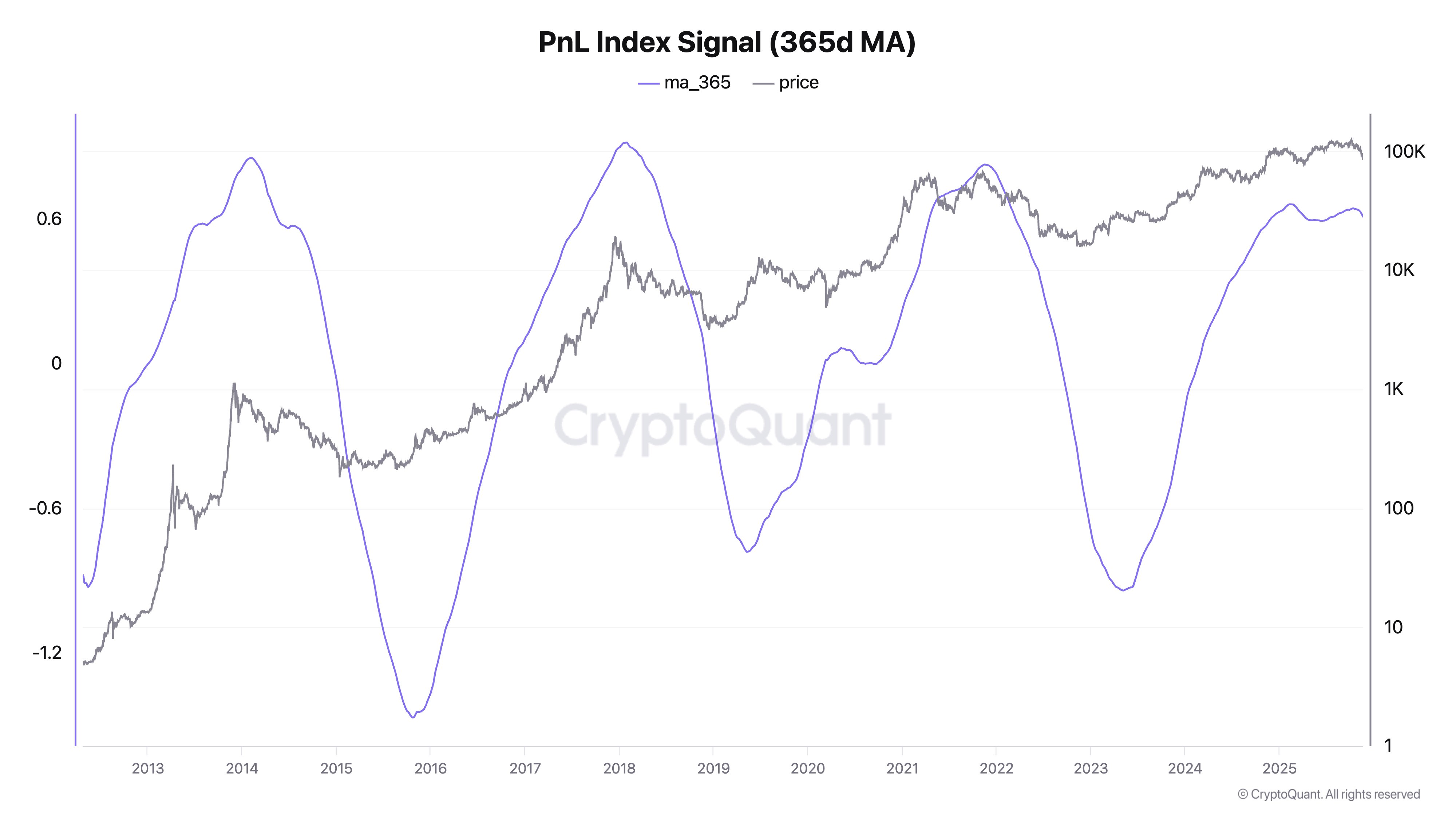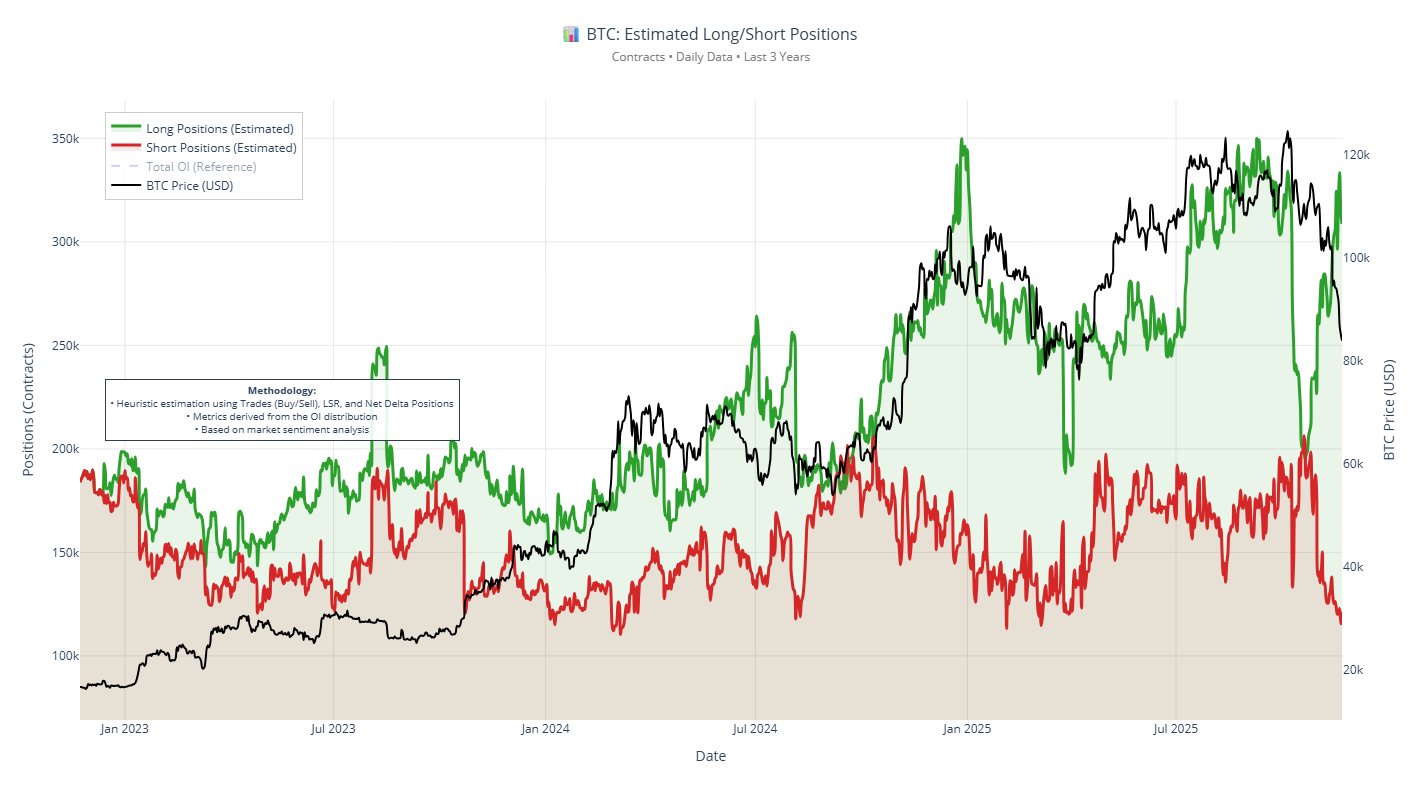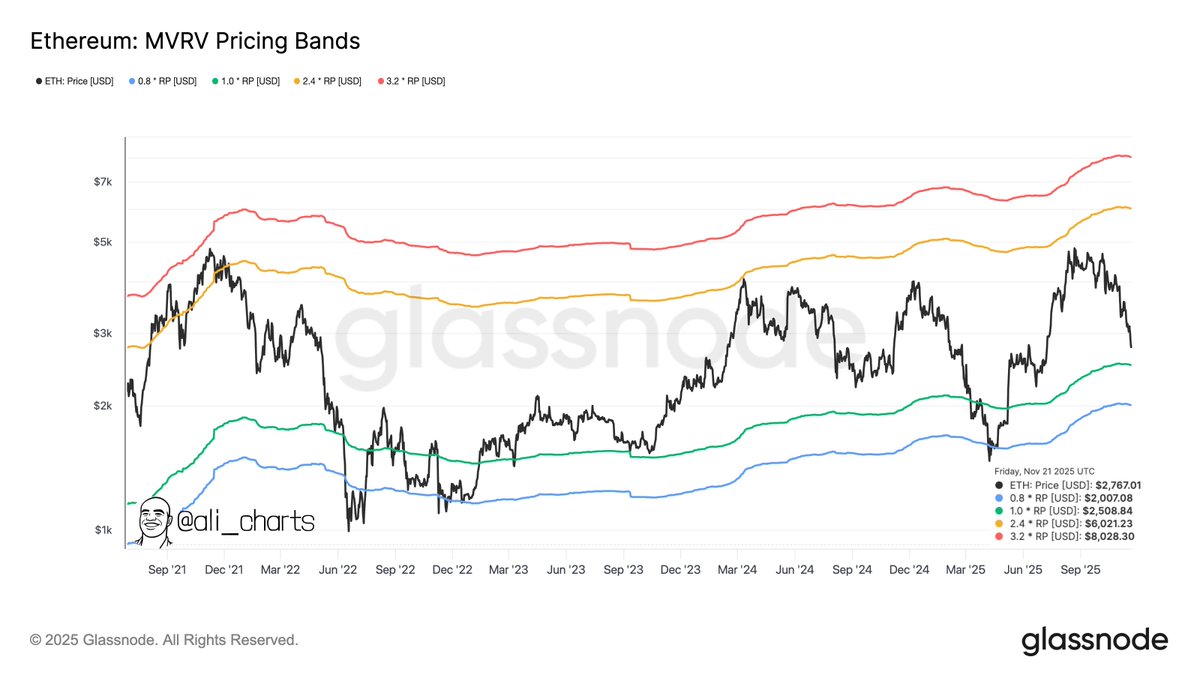
Crypto’s Ongoing Banking Struggle: Policy Wins vs. Reality on the Ground
Despite a wave of recent legislative wins in the U.S. and Australia, crypto firms around the globe are still fighting an uphill battle for fair access to banking services. The long-standing issue of “debanking” — the denial or termination of banking access for crypto companies — hasn’t gone away. In fact, industry leaders say it’s evolving into a more complex and nuanced problem.
What’s Changing — and What’s Not
In the U.S., several regulatory roadblocks are being dismantled under President Donald Trump’s second administration. One of the first major shifts was the repeal of Staff Accounting Bulletin 121, a policy that once forced banks to treat crypto custody services as liabilities on their balance sheets. This accounting rule had effectively discouraged traditional banks from engaging with crypto firms.
Further, the appointment of Rodney Hood as the new head of the Office of the Comptroller of the Currency (OCC) signaled a clear pivot toward a more crypto-friendly regulatory stance. Under Hood, banks can now legally offer services such as digital asset custody, stablecoin reserves, and blockchain infrastructure support.
“This opens the door for broader adoption of digital asset technology by traditional financial institutions,” said Dennis Porter, CEO of the Satoshi Action Fund.
However, many insiders argue that the surface-level progress masks a deeper, ongoing struggle. Caitlin Long, CEO of Custodia Bank, warned that systemic debanking practices are far from over. She pointed to the Federal Reserve’s current board composition, still largely Democrat-appointed, as a roadblock to true reform. According to Long, even crypto-friendly banks remain under intense scrutiny from regulators.
Australia’s Framework in Progress
In Australia, the Labor Party has introduced a bill aiming to build a structured legal framework for the crypto industry. Unlike in the U.S., where regulations have been rolled back, Australia is opting for clarity from the ground up — trying to give banks confidence by defining how they should engage with crypto clients.
Edward Carroll, head of global markets at MHC Digital Group, said Australia’s debanking problem isn’t due to explicit regulatory barriers. Instead, it stems from risk aversion in the absence of clear guidelines. Carroll believes the Labor Party’s efforts mark a positive shift toward providing the banking sector with the certainty it needs to support crypto businesses.
Canada: The Outlier
In contrast to the U.S. and Australia, Canada appears to be dragging its feet. Debanking remains a serious issue for many Web3 startups, according to Morva Rohani, executive director of the Canadian Web3 Council. She said firms are still getting accounts closed or denied with little explanation, and without legislative protections, there’s no accountability.
Canadian banks are often hesitant to engage with crypto firms, not due to direct regulation, but because of the perceived risk involved in AML and KYC compliance. With Mark Carney and the Liberal Party — both seen as crypto skeptics — surging ahead in the polls, meaningful reform appears unlikely anytime soon.
A Divisive Debate
Not everyone agrees that crypto is a victim in this story. Some critics argue that the crypto industry is using the debanking narrative to push for deregulation. Molly White, author of Web3 Is Going Just Great, claims crypto has “hijacked” the debanking discourse, overshadowing more urgent concerns related to financial discrimination based on race, religion, or political affiliation.
Further stirring the pot, Coinbase CEO Brian Armstrong recently praised the dismantling of the Consumer Financial Protection Bureau (CFPB) — the very agency responsible for investigating debanking claims. Critics see this as evidence that the crypto industry isn’t genuinely invested in equitable financial access, but in escaping scrutiny.
Adapting in the Meantime
While policy battles continue, crypto firms are building workarounds. Many now rely on stablecoins to manage finances, sidestepping traditional banking altogether. Others turn to regional banks or trust companies that specialize in digital assets.
Still, leaders like Rohani warn these are only temporary fixes. “This patchwork of relationships drives up costs and complexity. It’s not sustainable for long-term industry growth,” she said.
Porter, on the other hand, sees promise in the chaos: “These workarounds could eventually evolve into robust, integrated relationships with the traditional financial system.”
Conclusion: Progress or Illusion?
The crypto industry’s access to banking remains caught in a tug-of-war between regulatory progress and operational reality. While policy wins signal a new era of legitimacy, actual bank relationships — the lifeblood of any business — remain fragile, inconsistent, and politically charged.
For crypto to fully integrate into the global financial system, more than policy shifts are needed. Clear frameworks, bank confidence, and mutual trust must all align. Until then, the industry continues to straddle two worlds — innovating fast, but still knocking on the doors of the old guard for access.




